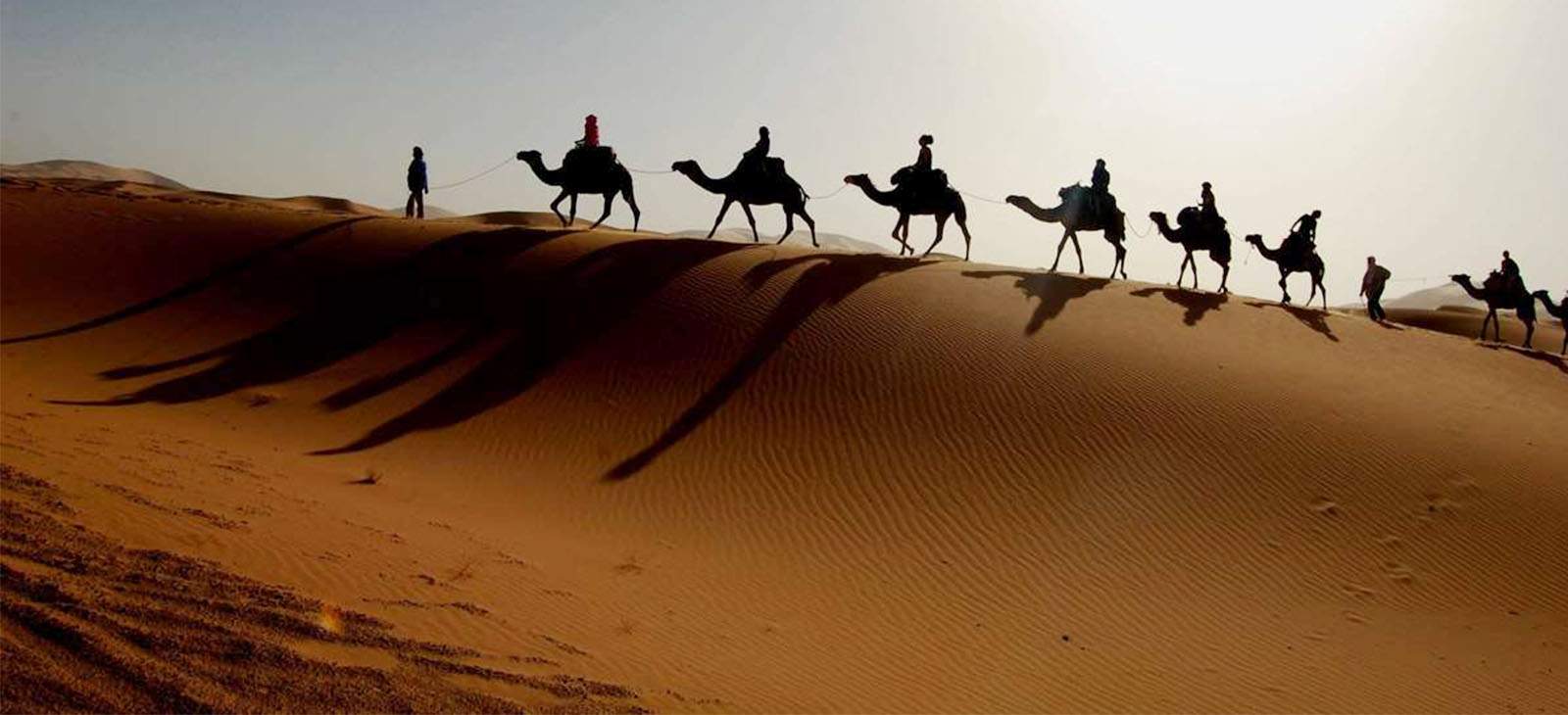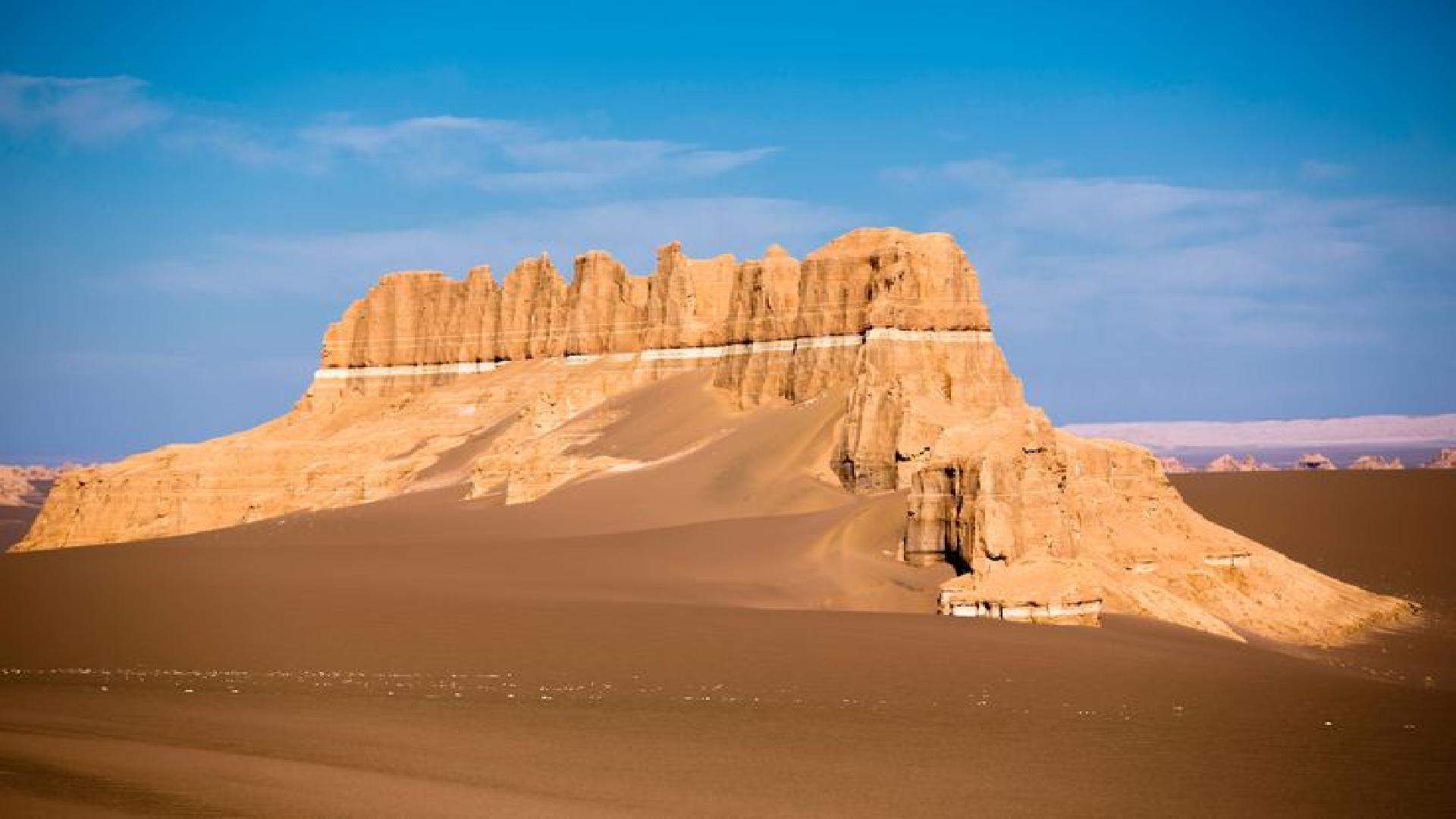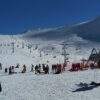Deserts of Iran
It is very common to hear from people who live all over the world, especially those who have not traveled to Iran, that Iran is a country with a hot and arid climate. This is because about a third of Iran is desert. There are two main deserts and many smaller ones in the country. However, if you look at the map of Iran more closely, you will understand that, in addition to deserts, about a third of the country is mountains. There are also jungles, lakes and many rivers in different corners of the country. Here, we will briefly introduce the main deserts and the most visited areas in Iran.






